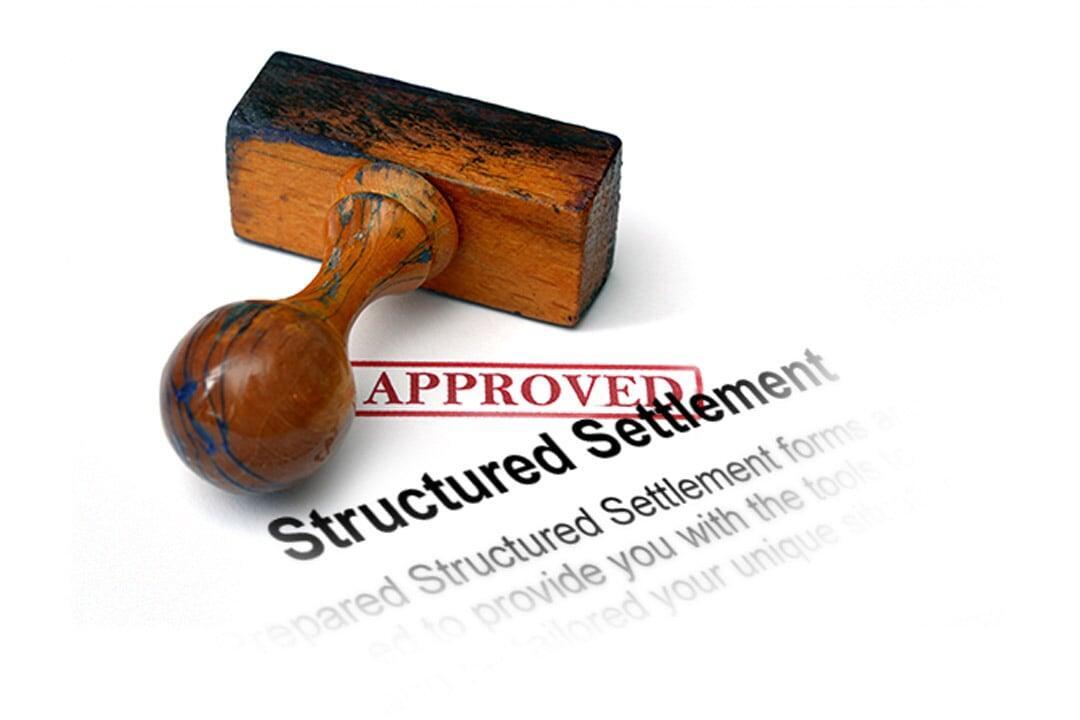
Understanding Structured Settlements
A structured settlement is a financial arrangement that allows individuals to receive all or part of their personal injury, wrongful death, or medical malpractice settlement through future periodic payments that are tax-free (or tax-deferred for non-physical injuries). These payments are highly customizable, offering plaintiffs the flexibility to plan their financial future according to their specific needs.
Prior to 1982, funds from physical injury settlements could only be distributed as a single lump sum. Unfortunately, most plaintiffs quickly depleted their settlements soon after receiving them. To address this problem, Congress enacted the
Periodic Payment Settlement Act (Public Law 97-473). This law allows injury victims to use structured settlementannuities for part or all of the settlement. Structured settlement annuities offer guaranteed, tax-free payments, ensuring financial stability and security while reducing the likelihood of financial mismanagement or loss.
Structured Settlements are used to achieve a variety of important financial objectives, such as:
Funding a child’s education, Retirement and Estate Planning, and are often used in conjunction with Trusts to help protect
certain Government Benefits (such as Medicaid, Medicare, Social Security, and others).
Physical Injuries
Advantages of a Structured Settlement
(Physical Injury cases)
- Payments are completely tax-free, including any interest earned.
- Not subject to stock market volatility.
- Payments are highly secure, backed by insurance from top-rated life insurance companies.
- There are no management fees, nor ongoing annual fees.
- There is no requirement for 1099 forms or IRS reporting on the payments.
- Flexible design options allow for personalized payment plans.
- Beneficiaries can be named, with payments remaining tax-free.
- Offers peace of mind with financial stability.
Types of Physical Injury cases that often utilize Structured Settlements
Types of Physical Injury cases that often utilize Structured Settlements
- Catastrophic injuries, especially when requiring assisted living or long-term care
- Wrongful death or Fatality
- Guardian and Conservatorship
- Medical Malpractice
- Workers Compensation claims, including Indemnity payments and Future Medical Care (including the funding of a
- Medicare Set-Aside arrangement).
- Attorney’s fees (tax-deferred)
Non-Physical Injuries
Claims that do not qualify under Section 104(a)(2), 104(a)1, and 130(c) of the Internal Revenue Code can be structured so as to provide accumulated interest as income tax-deferred.
Advantages of a Structured Settlement
(Non-Physical Injury case)
- Interest earned is tax-deferred
- Not subject to stock market volatility.
- Payments are highly secure, backed by insurance from top-rated life insurance companies.
- There are no management fees, nor ongoing annual fees.
- Beneficiaries can be named, with payments remaining tax-free.
- Offers peace of mind with financial stability.
Types of Non-Physical Injury cases that often utilize Structured Settlements
Types of Non-Physical Injury cases that often utilize Structured Settlements
- Employment litigation (wrongful termination, age discrimination, sexual harassment, racial discrimination, and others)
- Civil Rights
- Legal malpractice and Breach of Fiduciary Duty
- Environmental claims
- Divorce and alimony payments
- Property damage or disputes
- Disability benefits
- Errors and omissions, and Directors’ and Officers’ liability
- Bad Faith
- Breach of contract
- Punitive damages
- Attorney’s fees
- Real Estate Installment Sales – Structured Settlements can be used as an alternative to a 1031 Exchange

